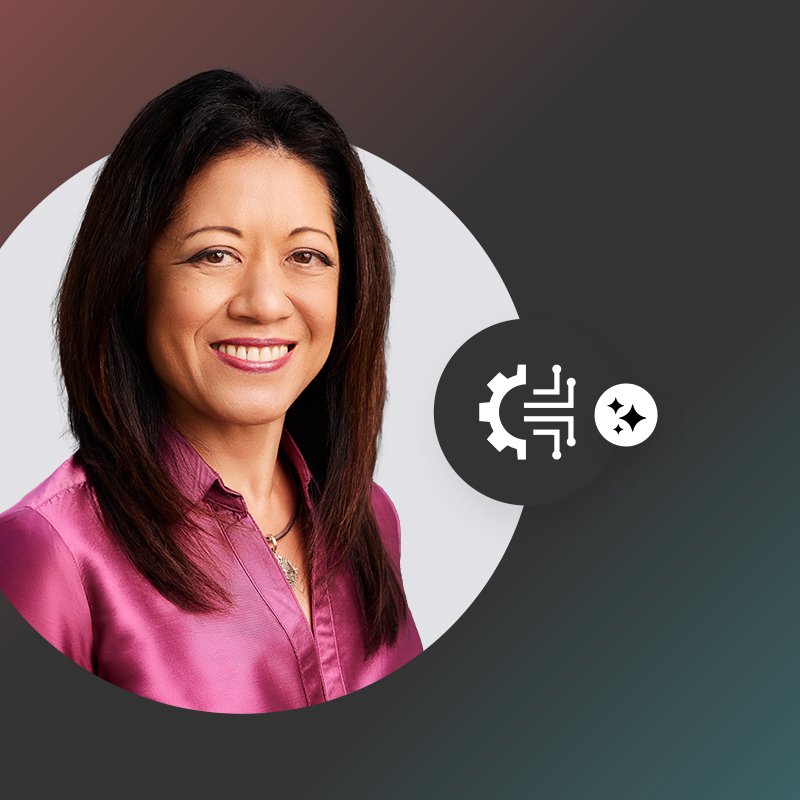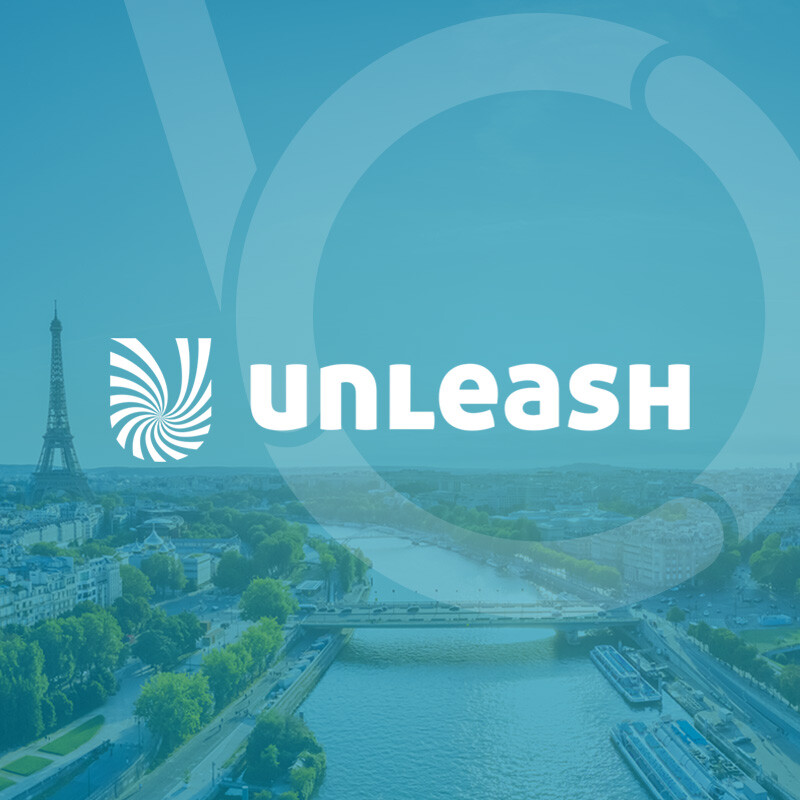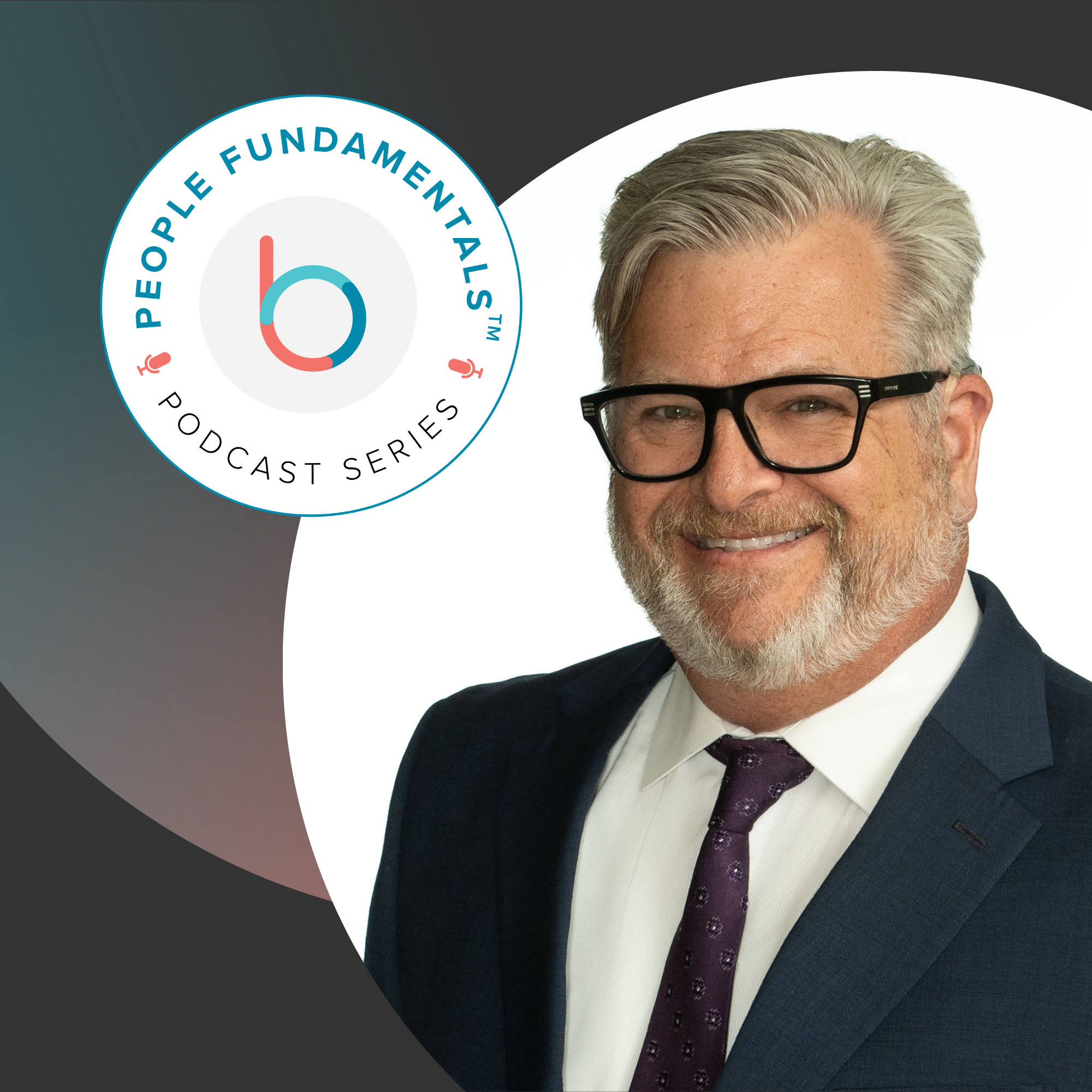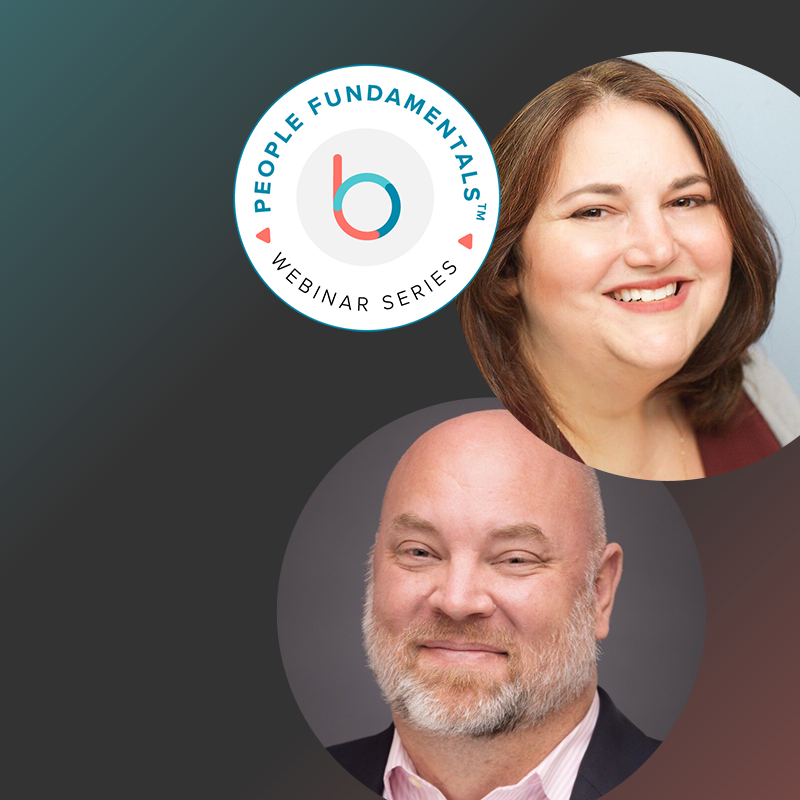AI is already changing how HR works—next, it will impact how HR leads.
In her Betterworks People Fundamentals webinar, The AI-Enabled HR Leader: Driving Workforce Transformation in an Era of Disruption, New York Times bestselling author Charlene Li challenged HR leaders to stop treating AI like a tool and start treating it like a leadership imperative. “You cannot transform your organization with AI until you have transformed the way you personally work with AI.”
Charlene shared how HR can evolve from experimentation to ownership, build trust in new technologies, and guide teams through the uncertainty that transformation demands.
Start with priorities, not pilots
Many HR leaders are eager to explore AI, but that’s not enough. “Use cases are not a strategy,” Charlene says. “A strategy is an integrated set of choices that you make that decide where you’re going to play and how you’re going to win.”
Charlene encourages HR leaders to start the exploration with their business priorities. “What are your top three strategic goals? How can AI support them?” she asks. “Instead of thinking and asking, ‘What does AI do?’ ask instead, ‘How can AI help us?’”
This strategic shift can unlock gains in three areas: efficiency, engagement, and reinvention.
- Efficiency increases from automating high-volume questions and tasks. “We can see improving efficiency around using chatbots tied to a knowledge base. … Employees can go and ask about everything from ‘How many vacation days do I have left?’ to ‘What’s our PTO policy?’” Charlene suggests.
- Engagement grows through personalization. “I have an avatar that I created that I can give a script to, and it can deliver audio and video against that script,” she explains. “And I can personalize that training for every single person in my course.”
- Reinvention for Charlene means rethinking processes, especially those you’re not in love with. “If it’s just OK, if it’s mediocre, then design that process in a way that you could never have imagined possible” by using AI.
To be intentional in your AI strategy, Charlene recommends an evolving 18-month roadmap. “At the end of every single quarter, you sit down and go, where are we now? … What new opportunities, what new barriers have come up?”
And don’t forget to communicate the strategy after creating it. “The last thing you want to do is have your AI strategy just sit there on a shelf, unread, unloved by anybody.”
Agentic AI is coming — are you ready to trust it?
Most organizations are still using AI as a support tool to streamline job descriptions, review resumes, or answer common employee questions. But tomorrow’s AI will do much more.
“We believe that 30% of human work could potentially be handled by agents within the next five years,” she said. “And the key thing that has to happen in order for this to happen is that we have to have trust.”
That trust must be earned through transparency, oversight, and clear standards. Without trust, HR won’t be able to scale AI responsibly or ethically. And without leadership, that trust will never materialize.
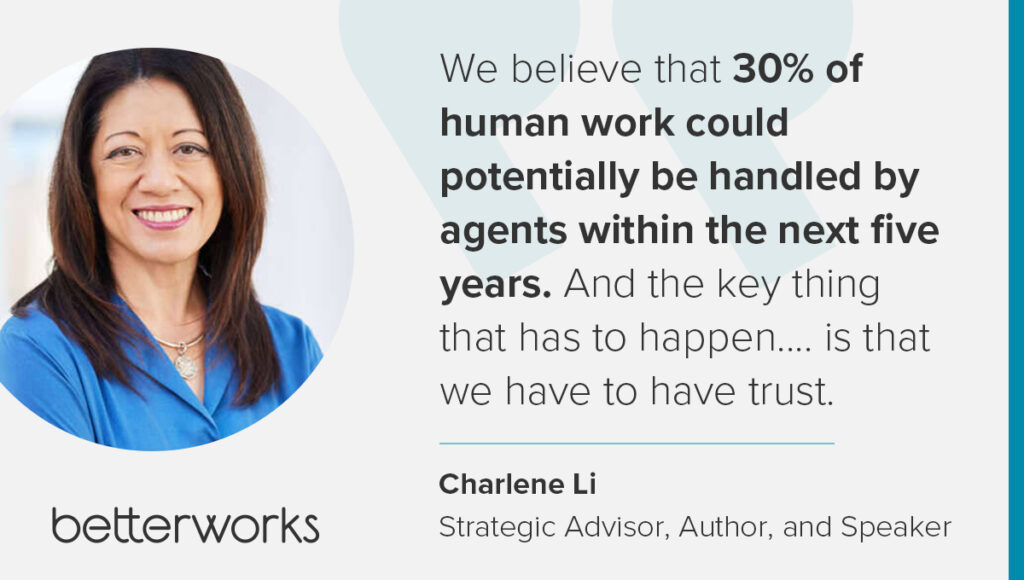
Inclusion isn’t inevitable
These changes will have societal consequences. Jobs will evolve, skills will shift, and every industry will need to develop new capabilities.
For some groups, the impact will be more extreme. Entry-level and clerical jobs, especially those disproportionately held by women, are the most vulnerable. “Women in particular are very vulnerable to the impact of AI. In high-income countries, 41% of women’s jobs are at risk, compared to 28% of men’s.”
This is where Charlene sees HR playing a vital role — not just in reskilling the workforce, but in shaping policies, tools, and AI systems that reflect human values. “HR needs to be at the very middle of this,” she said. “Defining how culture is going to change, especially with the transformation from AI.”
Your culture makes your strategy real
No matter how advanced the tools or detailed the roadmap, culture will decide what gets executed. “There’s a quote that’s attributed to Peter Drucker that culture eats strategy for breakfast. And I like to say it every single day because AI changes constantly,” Charlene says.
AI-ready cultures are fast, adaptable, transparent, and grounded in shared accountability. One way to measure adoption is by tracking employee sentiment and readiness. Charlene shared how one company uses a “traffic light” system to assess how teams feel about AI transformation: Green for fully on board, yellow for uncertain, and red for resistant.
“In six months’ time, our goal is to have no more red lights in the company,” she says.
While the road ahead is uncertain, Charlene sees potential in that ambiguity. “This is really super messy. It is confusing. It feels sometimes we’re just spinning around in circles.”
But that messiness opens the door to reinvention. “You’re no longer anchored in the past, you haven’t arrived at the future, and the world of imagination, of what you could reinvent and see. The possibilities are immense.”
Watch the full session on demand to learn how to lead your workforce through the next era of transformation.
What’s your AI strategy?
